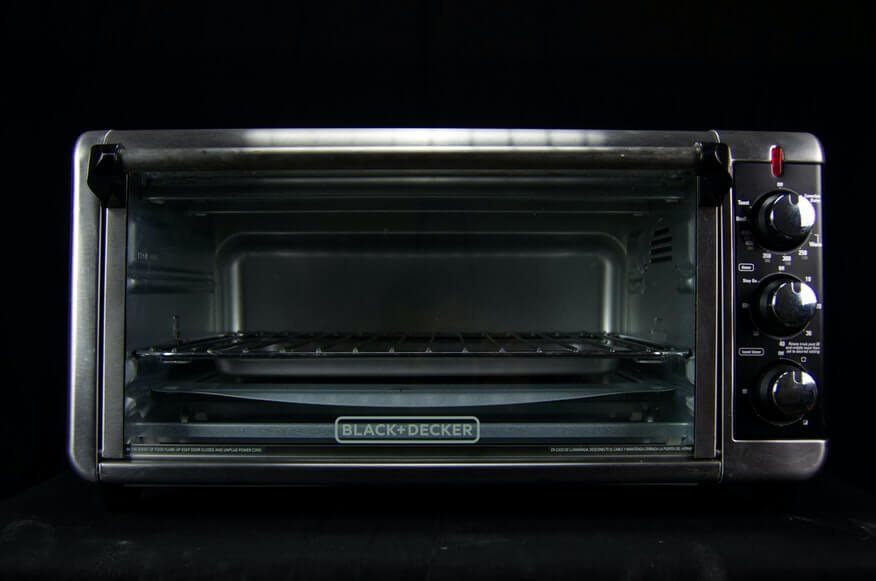You don’t really need to know what happens inside a microwave and all the techie terms of how this amazing kitchen appliance works, but you do need to arm yourself with basic knowledge, so you could extend the life of your microwave and be able to troubleshoot minor issues before they become major.
- Read microwave instructions on packaging Any pre-cooked meal or ingredient you want to heat in the microwave follows its own settings and ideal heating/cooking time. It’s easy to skip this step, but I recommend you follow them because undercooking could leave food with harmful bacteria while overcooking could turn food rubbery or dry.
- Avoid square containers. Oval and circular dishes are recommended for the microwave because they tend to result in even cooking. Square-shaped microwavable containers leave some areas of your food either overcooked or too dry.
- Microwave Your Garlic and Onion. For people who hate chopping onion and garlic, placing them in the microwave can be life-changing.
For onions, even just running a whole onion in the microwave for 30 seconds could break down the chemicals responsible for your onion-induced tears. For garlic, place a head of garlic in a microwave for 20 seconds and the cloves will slide right out of their skins.
- Learn when to use full power and when to reduce power. One of the biggest mistakes of microwave cooking is to use full power on everything “to speed it up.” Instead, you should make a mini-guide of food categories and their corresponding recommended power level.
- 800W+ for soup, drinks, vegetables, fish, poultry, and tender meats
- 600W to 800W for reheating leftover meals and cooking stew or casserole from scratch.
- 400W to 600W for slow-cooking dishes
- 100W to 400W for melting chocolate or butter, defrosting frozen food, reviving bread, and general reheating.
- Clean the inside of the microwave after every use. The easiest way to avoid buildup and prevent germs or bacteria from “living” in your microwave is to wipe the door and the cavity after every use.
- To cook food evenly all the time, spread food on a plate. When you transfer food on a microwavable dish and you just pile the food high, it most likely will end up unevenly cooked with the middle portions left undercooked or still cold. Once you spread food on a plate, it actually helps speed up the cooking process so you could reduce cooking time as well.
- Use pre-programmed settings. The tendency is to choose a favorite setting and go with it for all types of cooking. Stop yourself from making this into a habit. Instead, explore the pre-set buttons like “defrost,” “baked potato,” “fish” etc. and try to use them one at a time until you’ve mastered how to use them..
If you’re lucky to have a microwave designed with a built-in scale, take advantage of this function as it will ensure accurate cooking and heating every time.
- Never leave the microwave on if there’s nothing being heated or cooked. When your microwave is on and no food is inside, nothing will absorb the energy being produced by the microwave. This could lead to damages to the magnetron tube, which is costly to have fixed.
- Don’t trust how liquids look from the outside. If you’re checking your hot cocoa or bowl of soup from outside the microwave door and you don’t see any bubbles or boiling, this doesn’t necessarily mean that the liquids aren’t piping hot. Liquids could actually reach over 100°c in the microwave even if it looks like nothing has changed.
- Be careful opening any closed container that you just brought out of the microwave. It doesn’t matter if the food is in a takeout box, plastic microwave-safe container, or any other bag. If you microwave it closed, don’t just open it up after the timer dings. Leave it out for a minute or two so you wouldn’t burn yourself by scalding steam.
- Don’t force it if the door is faulty or broken. The microwave door is designed specifically to keep radiation in. If yours has a bent or warped door that won’t close or with a faulty latch, have it fixed before using it again.
Lastly, if you are unsure of the wattage of your microwave, a cup of water in a microwave-safe cup can help you solve this mystery. Place it in the microwave, run it on high heat and wait until it boils. Your microwave is within 600 to 700 watts if it boils in less than 3 minutes, about 500 to 600 watts if it boils within 3 to 4 minutes, and less than 500 watts if it takes more than 4 minutes to boil. Pretty cool test, huh?
I hope these tidbits of information can guide you in using your microwave properly.

